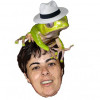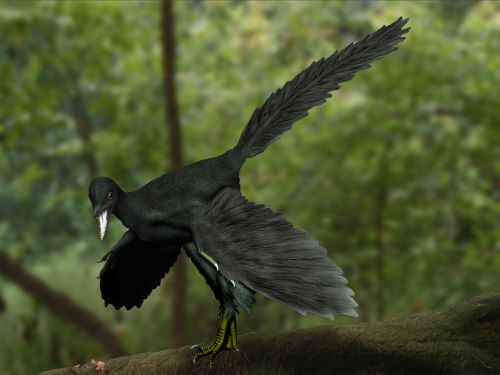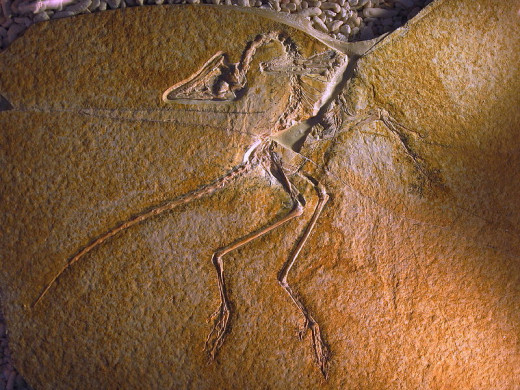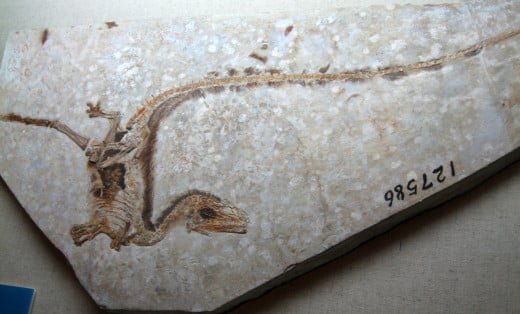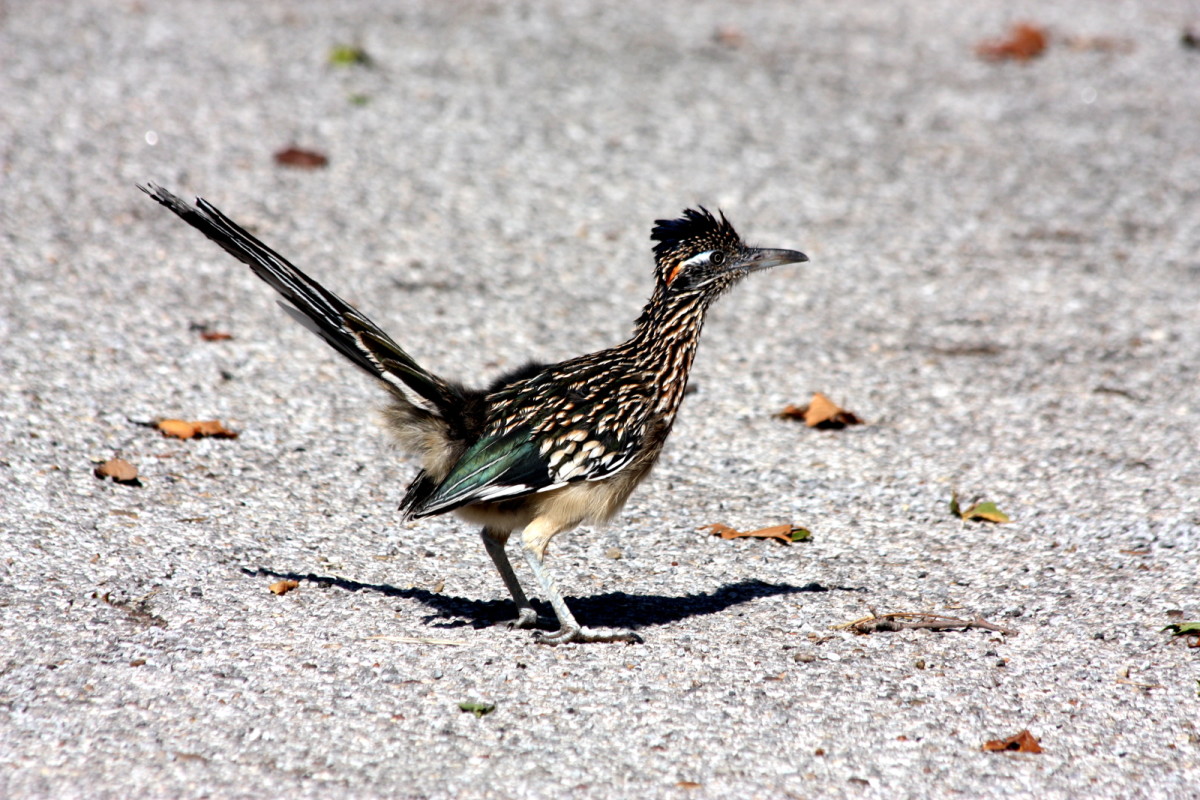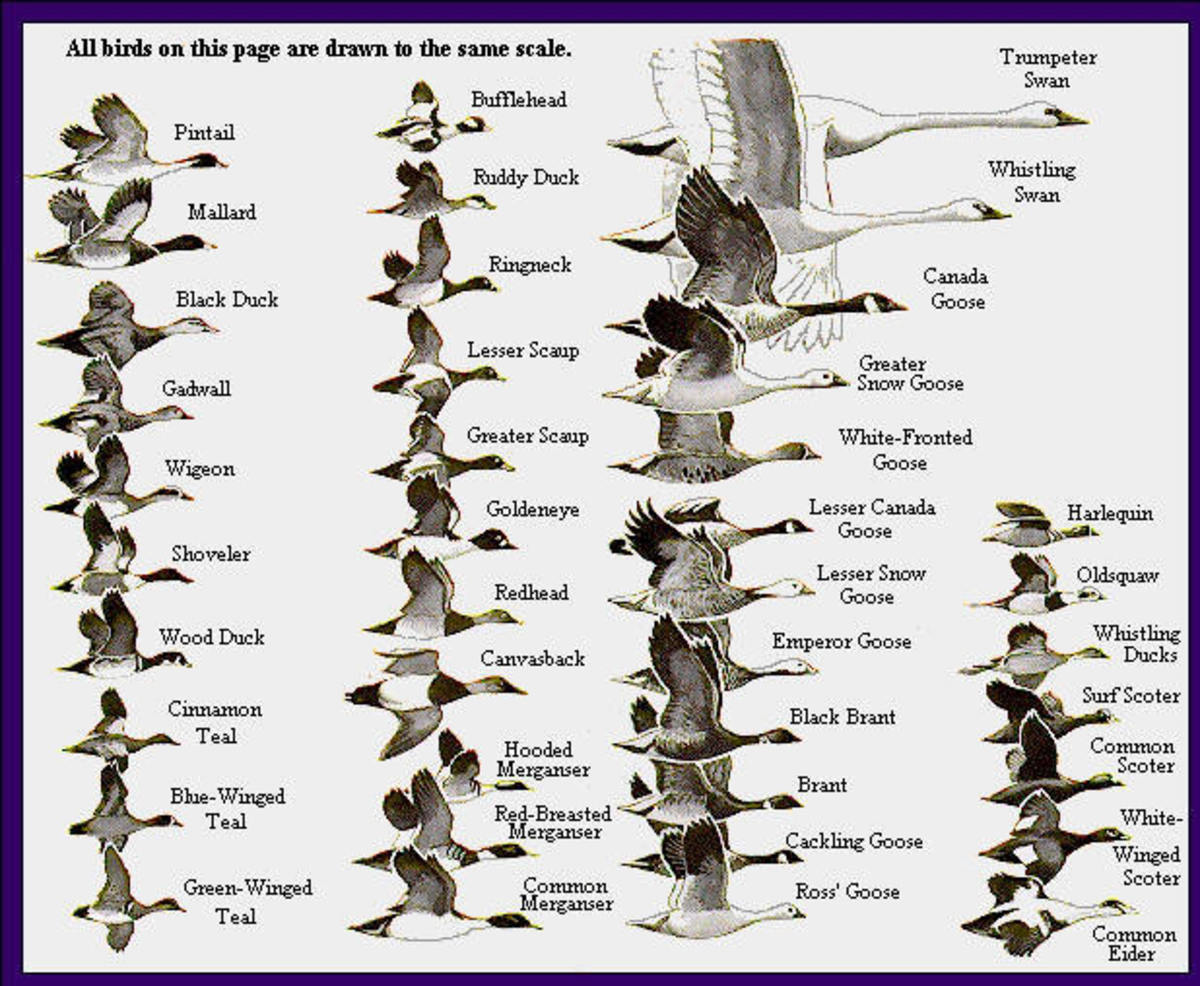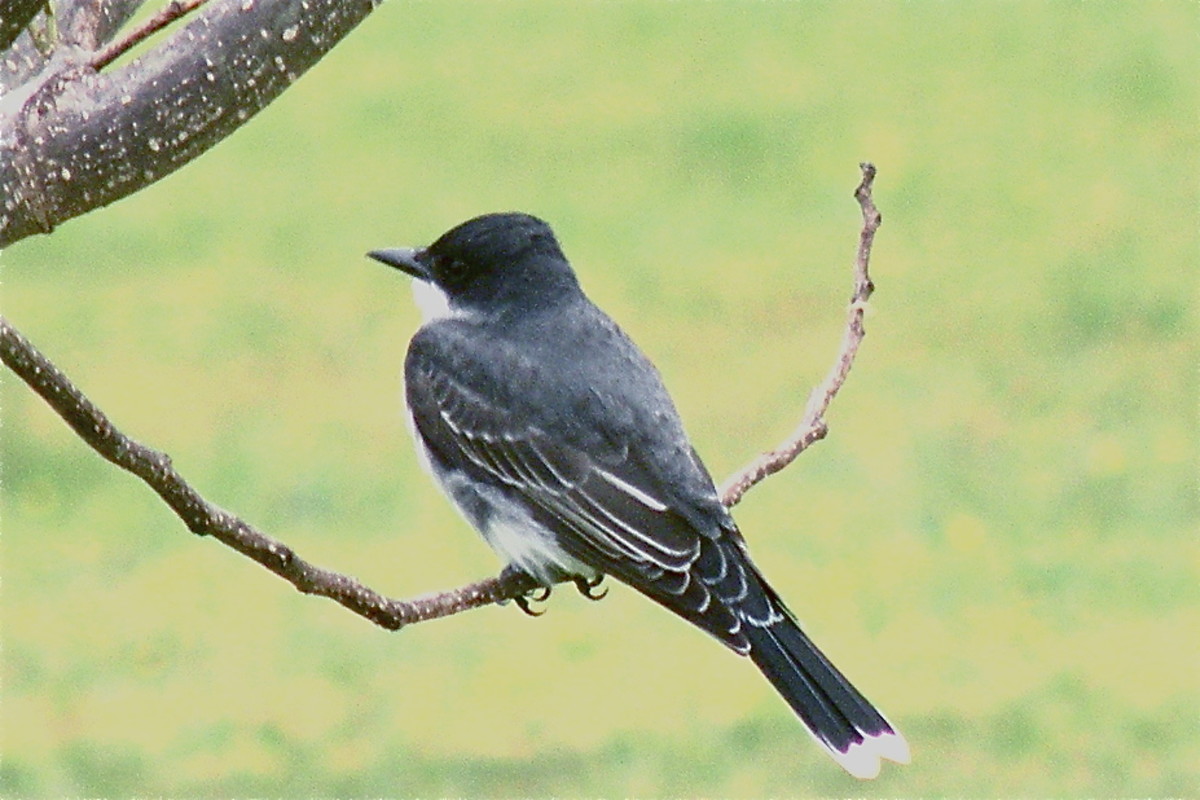Amazing Facts About Birds
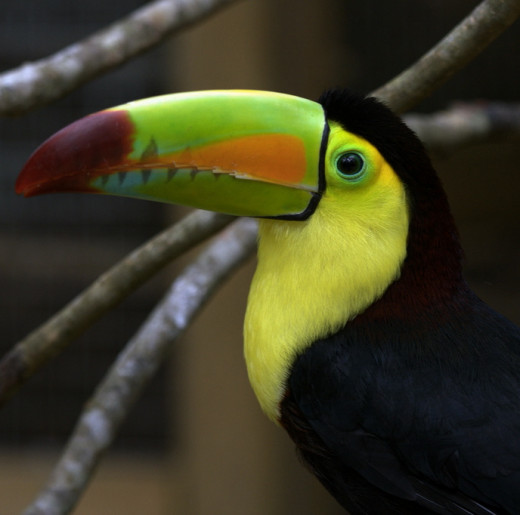
Are Birds Descended from Dinosaurs?
The hypothesis that birds were descended from dinosaurs was first proposed by Thomas Huxley in the 19th century. He observed that the fossil of Archaeoptryx, the “first bird” that had just been discovered in Germany, bore many similarities to dinosaur fossils.
Archaeopteryx are thought to be a transition between reptiles and modern birds. From fossil evidence it is thought that they were about the size of a raven, about 20” and weighed around 2 lb.
Archaeopteryx had wings and feathers, they also had big bony jaws, with sharp teeth, bony tails and 3 fingers with claws on their forelegs.
Although the theory that birds evolved from dinosaurs had has gone in and out of favour, the discovery of feathered dinosaur fossils in China in the 1990s, has added support to it.
A discovery of another dinosaur fossil in China, described in the Journal Nature, showed that it's skeleton had many similarities to Archaeopteryx, that were previously thought to be diagnostic of birds. This calls into question its "original bird" designation, since it appears other dinosaurs had the same properties, but suggests that the connection between dinosaurs and prehistoric birds is very tight.
Next time you see a pigeon, you can congratulate yourself on having spotted a modern day dinosaur!



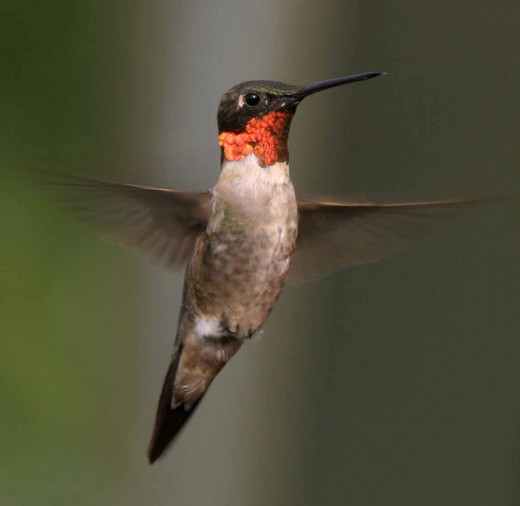
Hummingbirds, the Smallest and Fastests (Wing Flappers)
The smallest bird currently in existence is the bumblebee hummingbird, which measures 2 inches and weighs under 2g.
Hummingbirds flap their wings 12-80 times per second, depending on the species. This uses up so much energy that they have to feed very frequently.
The tiny bodies of hummingbirds makes it very difficult to maintain body temperature at night, especially in cold places like the Andes mountains where many species live, and where the nights are very cold. To conserve energy, they go into a hibernation-like state of torpor every night.
They are the only birds that can fly backwards.
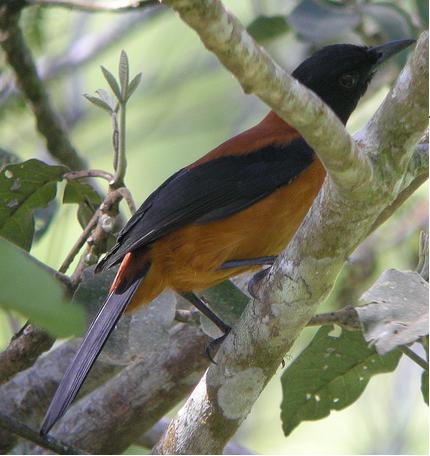
Toxic Birds
Toxin is not something that one associates with birds. However, the hooded pitohui of New Guinea is the first toxic bird identified. The feathers and skin contain the neurotoxin batrachotoxin which is the same poison favoured by the Phyllobates terribilis, the Colombian poison dart frog.
Admittedly the pitohui is not as toxic as the frog, which has enough poison to kill adult humans, touching the bird merely causes a numbing and tingling sensation. However it does presumably deter anybody from eating it.
It is thought that it acquires its poisonous properties from eating Choresine beetles.
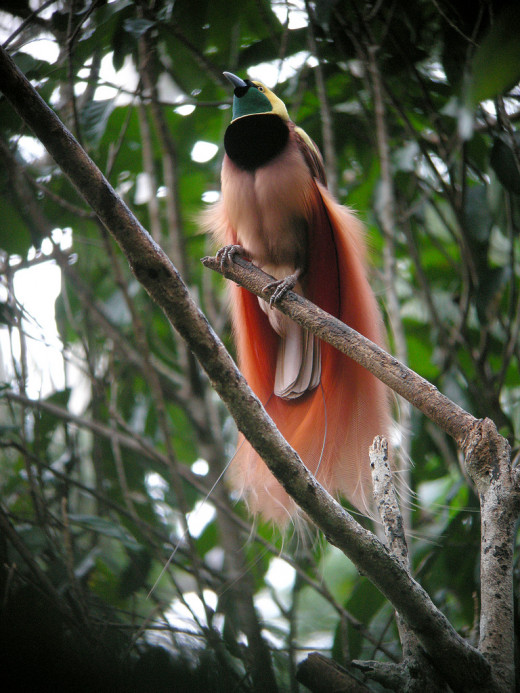
Beautiful Feathers to Impress Females
The males of many species have beautiful, colourful plumage, this functions to convince females of the excellence of her suitor's genetic makeup, which he will pass to their offspring, should she consent to mate with him.
The archetypal example of this, is of course the peacock's tail, which he displays in its full glory when a possible mate is around.
The paradise birds of Papua New Guinea also employ the same tactics. They have beautiful colours, long tail or head decorations, and perform elaborate ritualistic dances, all to prove to a female the excellence of their genome.
All the nest building and care of the young is performed by the female birds. Since Papua New Guinea is a very rich environment, with plentiful food and little predation, the males can concentrate on looking beautiful, and leave the actual work of caring for their progeny to their women.
Their only function is to be gene donors, but the females need to be convinced that the genes passed to their babies will be excellent, before they commit to the hard work of looking after a family.
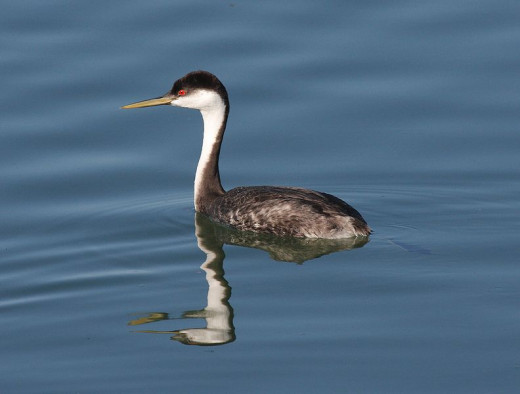
Bird Courtship Rituals and Dancing Routines
Courtship in birds is very complicated. The male not only has to impress females with his songs and beautiful plumage, and by fighting off rivals from his territory, but also by engaging in complicated rituals and dancing routines.
To cement the relationship males of many birds, like hornbills, etc. etc. will offer their ladies "gifts" of pieces of fruit, or perhaps some nest building material. Presumably trying to demonstrate how well he will be able to look after their offspring, if she only accepts him.
Paradise birds are not only the species to engage in complicated dancing routines during courtship rituals. In some species, for example the grebes of North America, the male and female dance together, mirroring each other's moves.
Or, if you are a red capped manakin, you might like to do a spot of moonwalking, a la Michael Jackson.
Red Capped Manakin Strutting his Stuff to Impress his Lady
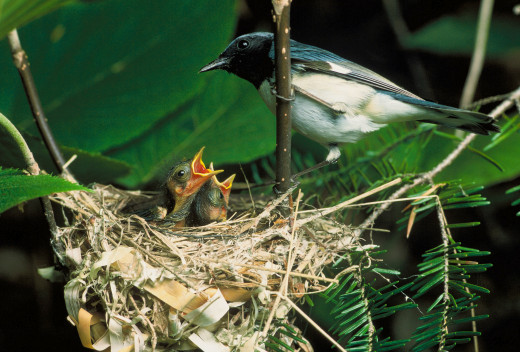
Bird Song
Complex songs evolved through sexual selection. Males try to impress females with their repertoires. Females judge the fitness of a male, and of how good his genetic makeup his offspring will inherit is, by judging how impressive his song is.
This is not a completely arbitrary judgement, research with some birds has shown that parasites and disease affect songs.
Some male birds, like the black throated blue warbler, also sing after the breeding season, if they have successfully produced chicks. Warblers that did not breed successfully are silent.
The male sings to his chicks to help their development, so they become good singers in turn, and have a better chance of passing his genes on.
Birds' songs becomes modulated by the sounds they are exposed to. With many birds, only the sounds of males from the same species has an effect. Other species however, actively imitate the calls of other birds, to produce very complex songs. Listen to the amazing Australian lyre bird trying to attract a female by showing off all the sounds he can make.
The Amazing Lyrebird Incorporates Man-Made Sounds into its Song
Building Nests to Attract Partners and Rear Chicks
Most, although not all birds, build nests in which to care after their eggs and rear the chicks. Because females cannot fly with the weight of several eggs inside them, they will lay the eggs as soon as they can. It therefore takes a long time for the eggs to hatch, and the young chicks are helpless and need to be cared for.
For the Vogelkop Bowerbird of Western New Guinea, interior decorating skills are essential for attracting a mate. The male builds an impressive bower about 1 metre high out of twigs. He then decorates it by collecting colourful flowers, berries, shiny beetle casings and even dung, arranging all his collections in an artistic display. Rivals compete with each other to arrange the most aesthetically pleasing displays. These are then carefully examined by the art critic female, and determine which lucky male gets to reproduce.
You don't believe me? Check the video below!
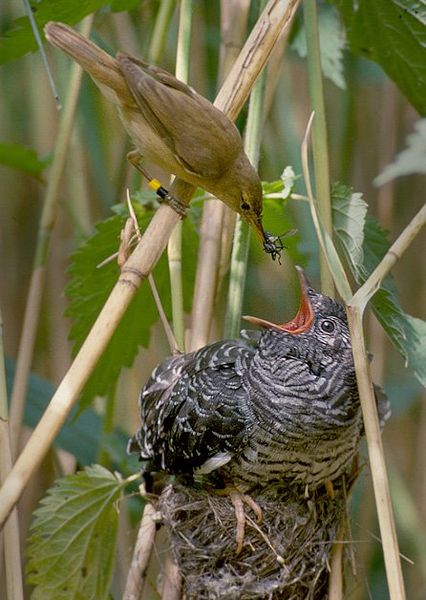
Birds that Are Brood Parasites
incubating eggs and raising young chicks is a very energy intensive process for most birds. However, there are some, that bypass the whole hassle of parenthood by tricking others to do the hard work for them. This is officially known as brood parasitism and the most famous example of this is the European Common Cuckoos, although other cuckoo species, and other birds also engage in this deceitful habit.
The female will lay eggs in the nest of another bird. Often she has evolved so that she will lay eggs that match the colour of the species she takes advantage of, so the other bird doesn't recognise the intruder. The cuckoo chick will often hatch before its nest mates, and it will push the other eggs out of the nest, so it doesn't have any competition.
Sadly the host parents don't seem to realise that "their" chick looks quite different from expected and are tricked at feeding it and raising it as if it were their own.
